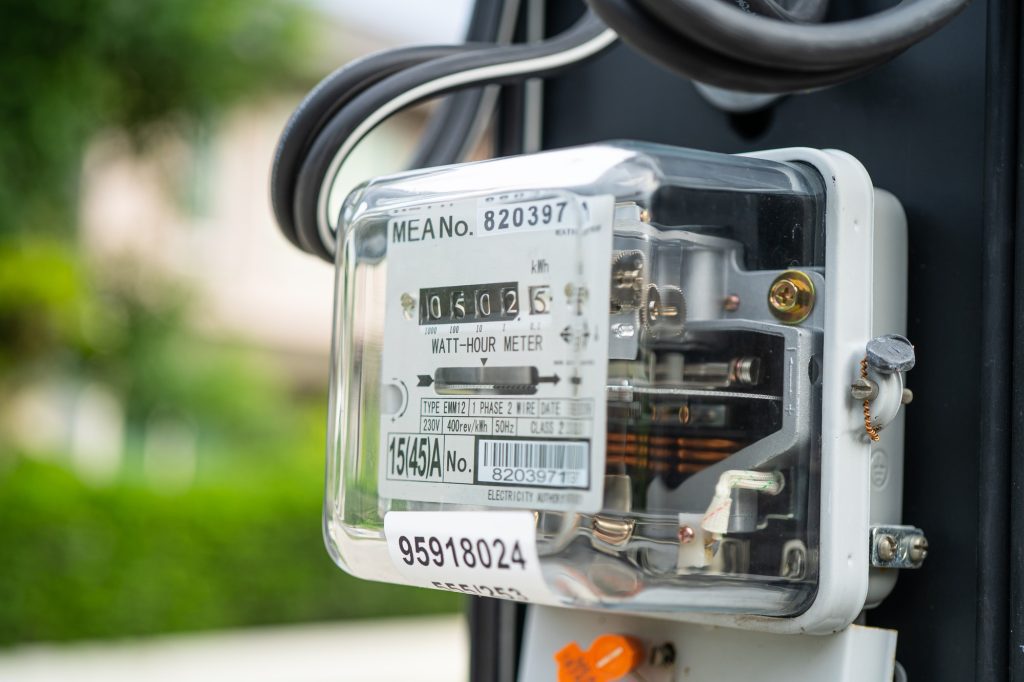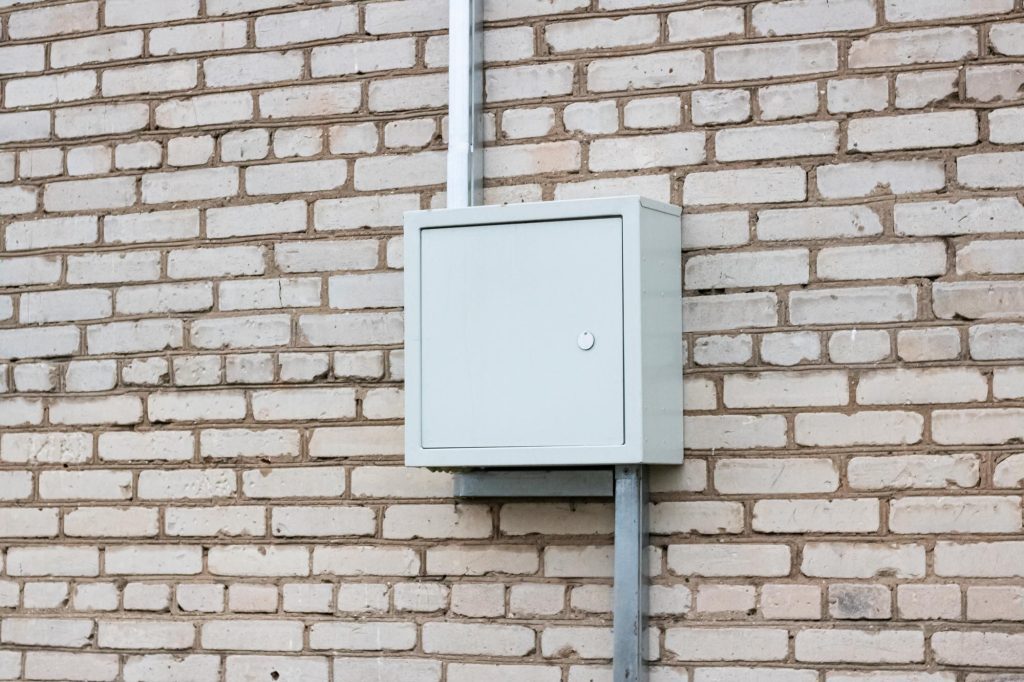Are you tired of looking at an unsightly electric meter on the side of your house? Many homeowners find the appearance of these meters to be an eyesore, and they often wonder if there are ways to hide them from view. Fortunately, there are several techniques that can be used to camouflage that meter and improve the overall aesthetic of your home. In this post, we’ll explore some of the most common ways to hide an electric meter and provide a step-by-step guide to implementing these techniques.

Common Ways to Hide an Electric Meter
Landscaping Techniques
One of the simplest and most natural ways to hide an electric meter is by using landscaping techniques. This can involve planting tall shrubs or trees around the meter to create a natural barrier. Not only does this method effectively hide the meter, but it can also add some greenery to your yard. Another option is to build a trellis or fence around the meter, which can be an attractive addition to your landscaping.
Painting or Covering the Meter
Another popular option is to paint or cover the electric meter. Covering the meter can be done with a decorative cover that matches the style of your home. Alternatively, you can paint the meter to blend in with the color of your house. This technique can be a cost-effective way to hide the meter, and it allows you to get creative with your home’s appearance.
Building a Small Structure Around the Meter

If you’re looking for a more permanent solution, building a small structure around the meter can be an effective option. This can involve using materials that match the style of your home, such as wood or brick. It’s important to ensure proper ventilation for the meter, so be sure to consult with a professional before building any structures around the meter.
Step-by-Step Guide to Hiding the Meter
Now that you know about the most common ways to hide an electric meter, let’s take a closer look at the steps involved in implementing these techniques.
1. Assessing the Meter’s Location and Surroundings
The first step is to assess the location of the electric meter and the surrounding area. This will help you determine which hiding technique will work best for your specific situation.
2. Choosing a Hiding Technique
Once you’ve assessed the location, you can choose which hiding technique you want to use. Take into account factors such as cost, time investment, and aesthetic appeal.
3. Gathering Necessary Materials
Before you begin hiding the meter, make sure you have all the necessary materials on hand. This may include plants, fencing, paint, or building materials.
4. Preparing the Area Around the Meter
Preparing the area around the meter is an important step in the process. This may involve clearing the area of debris or weeds or building a foundation for a small structure.
5. Implementing the Hiding Technique
With your materials and preparation complete, it’s time to implement the hiding technique. Follow the instructions carefully, and be sure to enlist the help of a professional if necessary.
6. Regular Maintenance to Ensure Proper Function of the Meter
Once the hiding technique is in place, be sure to regularly maintain the area to ensure proper function of the meter. This may involve trimming plants, painting or repairing structures, or removing debris from the area.
Tips and Considerations
Before you hide your electric meter, there are a few important tips and considerations to keep in mind.
Checking with local regulations before hiding the meter
It’s important to check with your local utility company and building codes before attempting to hide your electric meter. Some cities or homeowners associations may have specific regulations or restrictions on the hiding of meters. In some cases, you may require a permit or approval before you start any work. Make sure to do your research and follow all the necessary regulations to avoid any legal issues.
Ensuring accessibility for meter readings and maintenance
While hiding your electric meter can improve your home’s appearance, it’s essential to ensure that it’s still accessible for meter readings and maintenance. Your utility company needs to have easy access to the meter for billing purposes or in case of an emergency. Before choosing a hiding technique, make sure that it doesn’t obstruct access to the meter. It’s also important to keep the meter visible to utility company personnel, so they can easily locate it.
Choosing a hiding technique that fits with the overall aesthetic of the house
When choosing a hiding technique, it’s crucial to consider the overall aesthetic of your house. You want the hiding technique to blend in seamlessly with the rest of the house’s exterior. If you have a modern home, a trellis or fence around the meter may not match the aesthetic. In contrast, if you have a classic home, a small structure around the meter may complement the house’s overall look. Choose a hiding technique that matches your home’s architectural style and complements the existing landscaping.
Considering the cost and time investment of each technique
Hiding an electric meter can be a cost-effective way to improve your home’s appearance. However, it’s essential to consider the cost and time investment of each technique before choosing one. Painting or covering the meter may be a quick and affordable option, while building a small structure around the meter may be more time-consuming and expensive. Consider your budget and the amount of time you’re willing to invest in hiding the meter before choosing a technique. Additionally, keep in mind that some techniques may require ongoing maintenance, which can add to the overall cost over time.







